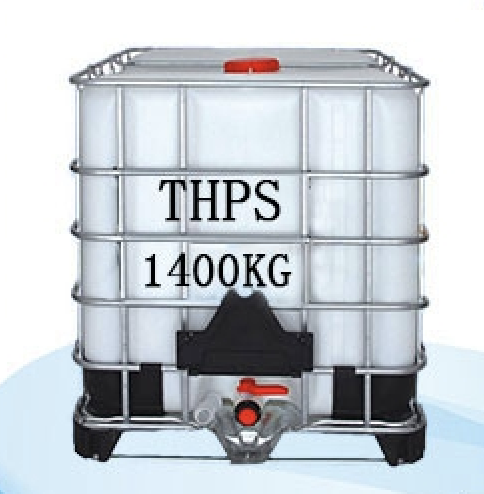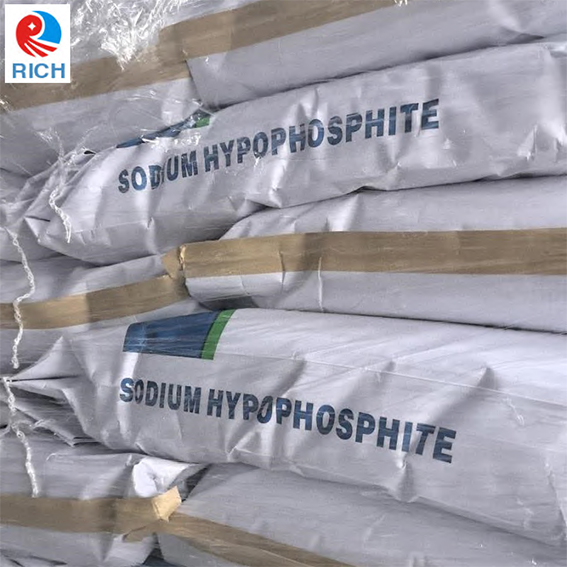The Application of Sodium Hypophosphite in Water Treatment
Sodium hypophosphite, also commonly known as sodium hypophosphite (SHPP), is an inorganic compound with the chemical formula NaH2PO2*H2O. It exists as a white solid with a salty taste and is highly soluble in water, ethanol, and glycerol. Its aqueous solution exhibits weak alkalinity, making it a versatile chemical with a wide range of applications, particularly in water treatment.
Water Treatment Applications
1. Scale and Corrosion Inhibitor
One of the primary applications of sodium hypophosphite in water treatment is as a scale and corrosion inhibitor. In industrial water systems, the formation of scales, such as calcium carbonate or magnesium hydroxide, can lead to reduced efficiency, increased energy consumption, and potential system failures. Sodium hypophosphite acts as a threshold inhibitor, preventing the precipitation of these scales by stabilizing the dissolved minerals. Additionally, it provides corrosion protection by forming a protective film on metal surfaces, thus extending the lifespan of equipment and reducing maintenance costs.
2. Chelating Agent
Sodium hypophosphite's ability to act as a chelating agent further enhances its utility in water treatment. Chelating agents bind to metal ions, forming stable, water-soluble complexes that prevent the metals from precipitating or causing corrosion. This property is particularly useful in the treatment of cooling water systems, where the presence of dissolved metals like iron and copper can lead to fouling and corrosion. By chelating these metals, sodium hypophosphite helps maintain the cleanliness and efficiency of the cooling system.
3. Water Softening
In water softening processes, sodium hypophosphite can be used as an auxiliary agent. While the primary method of water softening involves the removal of hardness ions (such as calcium and magnesium) through ion exchange or precipitation, sodium hypophosphite can help prevent the re-precipitation of these ions after softening. By maintaining the solubility of the hardness ions, sodium hypophosphite ensures that the softened water remains free of scales and deposits, thereby improving the overall quality and performance of the water treatment system.
4. Oilfield Scale Inhibitor
In the oil and gas industry, the formation of scales in production wells and pipelines can significantly impair the efficiency of operations. Sodium hypophosphite is an effective scale inhibitor in oilfield applications, preventing the precipitation of minerals like barium sulfate and strontium sulfate. These scales can cause severe restrictions in flow, leading to reduced production and increased operating costs. By inhibiting the formation of these scales, sodium hypophosphite helps maintain the productivity of oil and gas wells.
5. Environmental Compatibility
An important consideration in water treatment is the environmental impact of the chemicals used. Sodium hypophosphite is relatively environmentally friendly compared to some other water treatment chemicals. It biodegrades readily and does not accumulate in the environment. Additionally, it does not produce harmful byproducts when used in water treatment processes, making it a sustainable choice for environmentally conscious organizations.
Conclusion
In summary, sodium hypophosphite is a versatile and effective chemical with a wide range of applications in water treatment. Its ability to inhibit scale formation, chelate metal ions, assist in water softening, and prevent oilfield scale makes it an indispensable tool in maintaining the efficiency and longevity of water systems. Furthermore, its environmental compatibility adds to its appeal, making it a suitable choice for organizations seeking sustainable water treatment solutions. As the demand for efficient and environmentally friendly water treatment technologies grows, sodium hypophosphite is poised to play an increasingly important role in meeting these challenges.
Recommended Posts
-
biocide THPS75%, widely used in oil drilling field and water treatment field. Package: 1400kg/IBC, 18IBCs/20'FCL 250kg/Drum, 4 drums/pallet, 80drums/20'FCL
-
the overseas team including their boss, technical engineer and purchase manager visited our Phosphates factory which mainly manufacture Yellow phosphorous, sodium hypophosphite (SHPP), Tetrakis Hydroxmethyl phosphonium sulphate (THPS), Tetrakis Hydroxmethyl phosphonium Chloride (THPC), Tetrakis Hydroxmethyl phosphonium Chloride -Urea(THPC-U), etc.
-
Sodium Hypophosphite ull name: Sodium Hypophosphite Monohydrate Abbreviation: SHPP / HYPOCAS: 10039-56-2Formula: NaH2PO2•H2O For expert suggestions or technical questions pls contact wuting@shrichgroup.com, mob/whatsapp/wechat: +86 13166102802, Tel: +86 21 69130117 To know the sodium hypophosphite price trend in 2025, we need to know its main raw material: yellow phosphorous (YP). YP price accounts for 70% of the production costs of SHPP. its related product:THPS, Tetrakis(hydroxymethyl)Phosphonium Sulfate price. Because one of THPS raw material is PH3, deadly poisonous, which is produced in the production of SHPP. So when THPS price is at high level, SHPP price is at relatively low level; When THPS price is going down, SHPP price will rise. The supply and demand: same as other products, when t...












